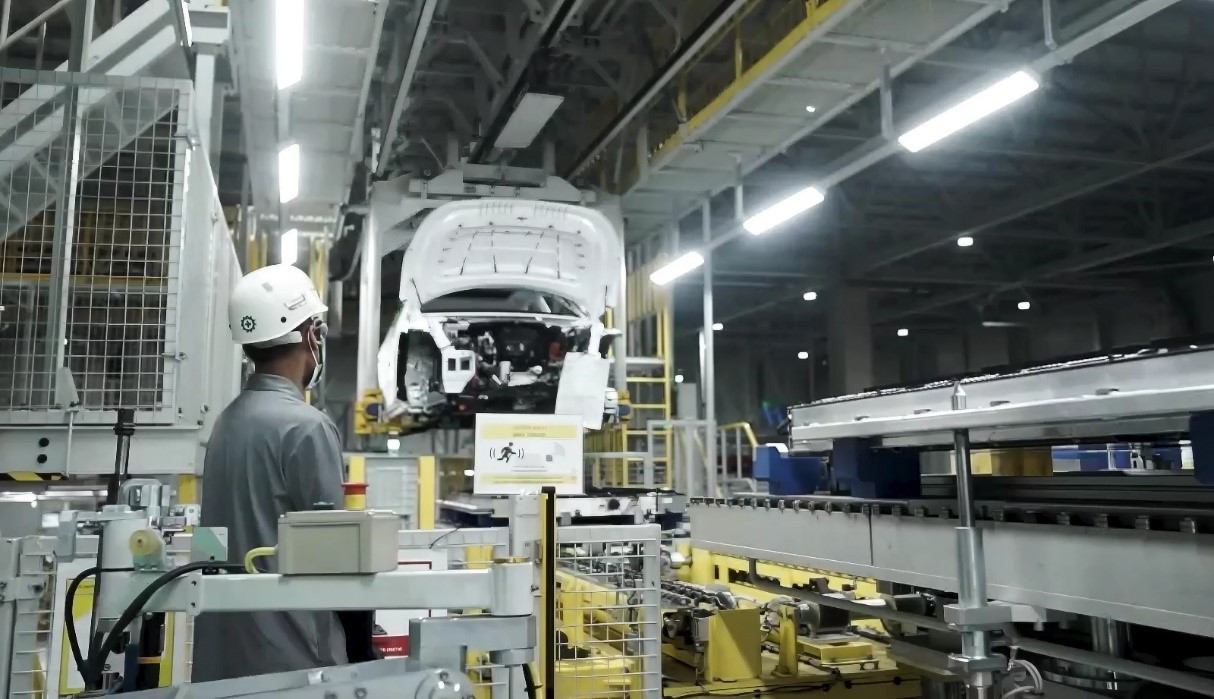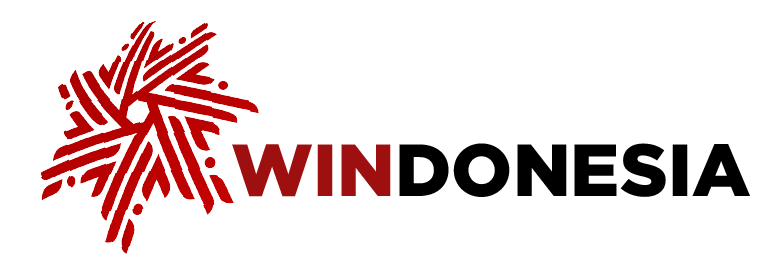News
Indonesia bets on EV batteries to reinvigorate manufacturing
Tenggara Strategics July 11, 2025 A worker installs the battery of a Hyundai IONIQ 5 electric car on April 6, 2023, at the Hyundai Motor Manufacturing Indonesia (HMMI) assembly plant in Cikarang, West Java. (JP/Rachmat Kurniawa)
A worker installs the battery of a Hyundai IONIQ 5 electric car on April 6, 2023, at the Hyundai Motor Manufacturing Indonesia (HMMI) assembly plant in Cikarang, West Java. (JP/Rachmat Kurniawa)
Indonesia is banking on a suite of large-scale electric vehicle (EV) battery projects, Dragon, Titan and Omega, to reverse the country’s manufacturing slump, slash fuel imports and secure a strategic place in the global EV supply chain. At the heart of this national push is the US$5.9 billion Dragon project, recently inaugurated by President Prabowo Subianto , which aims to build an end-to-end nickel-based battery ecosystem anchored by partnerships with Chinese EV battery giant Contemporary Amperex Technology Co. Limited (CATL).
The Dragon project is a landmark joint venture involving Indonesian state-owned mining companies Aneka Tambang (Antam) and Indonesia Battery Corporation (IBC), and Ningbo Contemporary Brunp Lygend Co. Ltd. (CBL), a consortium under CATL, Brunp and Lygend. The scale of the project is significant, and it promises to generate $48 billion in economic value, roughly eight times the initial investment, alongside creating 8,000 direct jobs and 35,000 indirect jobs across the country.
Crucially, Dragon is structured to span the entire EV battery supply chain. On the upstream end, Antam and CBL began joint nickel mining operations in 2023. Plans are underway to expand this collaboration into nickel refining, with two facilities targeted for completion by 2027 and 2028. On the downstream side, IBC and CBL are partnering to produce battery cell components, including cathodes, anodes, precursors and cobalt sulphate, areas where Indonesia has so far lacked capacity.
This absence of local cell component production has long created inefficiencies. Currently, refined ore must be exported for further processing, while domestic battery manufacturers are forced to import key inputs. Localizing this stage of production could significantly cut input costs, lower EV prices and increase value-added benefits for the Indonesian economy. Moreover, domestically produced components will have high export potential, an attractive proposition given the current downturn in global EV demand.
The Dragon project's battery cell plant, currently under construction, will have an initial capacity of 6.9 GWh per year, with a second phase expected in 2028 to boost total output to 15 GWh. This is enough to supply batteries for 250,000 to 300,000 EVs annually and is projected to save Indonesia 300,000 kiloliters of fuel imports each year.
Beyond Dragon, other EV battery initiatives are also progressing. The Indonesia Battery Holding Consortium (INBC), comprising Bakrie & Brothers, Envision Group and Glencore Plc., has committed to a US$9 billion investment. Meanwhile, the Titan project, originally led by South Korea’s LG Energy Solution (LGES), experienced a setback after LGES withdrew due to global market uncertainties. Zhejiang Huayou Cobalt has since taken the lead, revising the investment figure from $9.8 billion to $8.6 billion and seeking new partners from the U.S., Europe, Japan and China.
Despite its exit from Titan, LGES remains active in Indonesia through the Omega project, a US$1.1 billion collaboration with Hyundai Motor Indonesia. Operating under the name Hyundai-LG Indonesia (HLI) Green Power, the plant began operations in 2024 and aims to expand capacity to 30 GWh per year. IBC is pursuing a 5 percent equity stake in this venture.
Chinese automaker Wuling has also made substantial inroads, investing Rp 700 billion in its Indonesian EV operations by 2024 and adding Rp 87 billion in 2025 for battery production. The company plans to inject up to $500 million to further expand its battery manufacturing capabilities.
Government incentives and easing of regulatory hurdles have helped push EV adoption in Indonesia, with EVs now accounting for 8 percent of new car sales in Q1 2025. The combination of market growth potential and mandatory local content requirements has made the country a magnet for major East Asian investors.
Notably, battery production capacity could also be used to support renewable energy storage, particularly for solar power. Indeed, the Dragon project includes plans to produce battery storage systems for electricity. This aligns with the recently announced Electricity Procurement Business Plan (RUPTL) 2025–2034, which targets 17.1 GW of solar photovoltaic capacity, making up a significant portion of the 42.6 GW renewable energy goal.
Despite the optimism, experts warn that joint venture structures must be carefully assessed to ensure they deliver long-term benefits. Beyond economic gains, the partnerships must foster technology and knowledge transfer to support Indonesia’s industrial upgrade and decarbonization goals.
If well-executed, these strategic investments could help Indonesia transform from a raw materials exporter to a critical player in the global clean energy supply chain, powering not only cars but also the transition to a low-carbon future.

